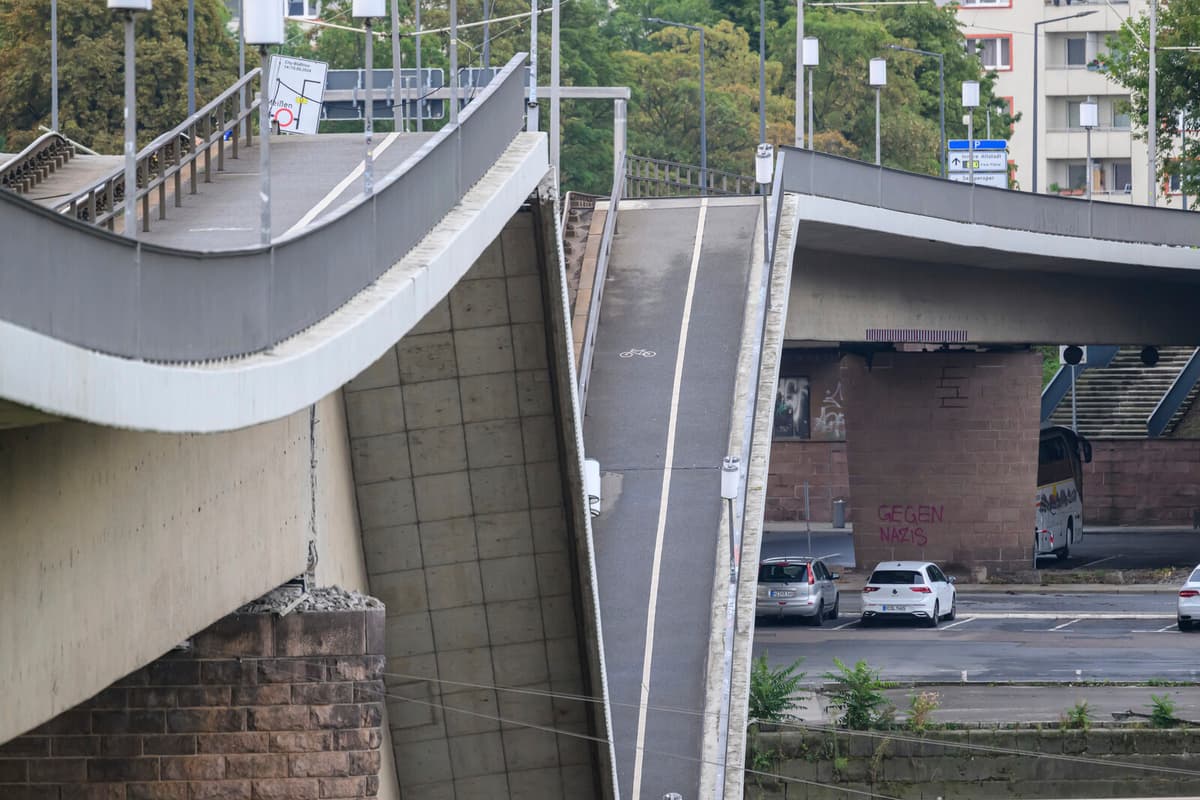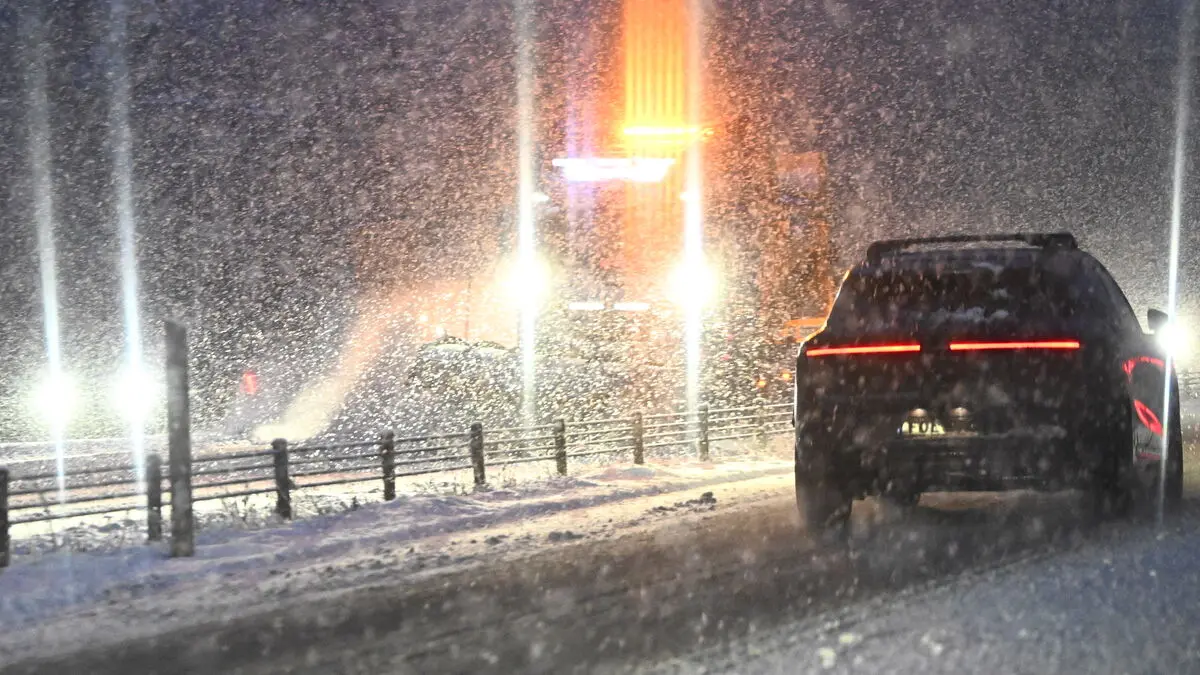We expect that more parts of the bridge can collapse, says another firefighting spokesperson to the news site Welt.
It's life-threatening here.
The reason why the 100-meter long bridge section fell into the Elbe River on Thursday night is still unclear. But a possible clue is that it was the unrepaired western half of the approximately 55-year-old bridge that collapsed. This section carries tram traffic as well as pedestrian and cyclist traffic. The eastern half, with car lanes, appears physically unharmed. However, since the authorities have no explanation for the collapse, the entire area is closed off.
The bridge's eastern section was renovated last year, while the tram section was scheduled to be renovated next year.
The bridge also contains gas pipes for district heating, which are now out of operation in the city. Dresden is one of the larger cities in eastern Germany, with approximately half a million inhabitants, roughly the size of Gothenburg.
The collapse also disrupts river traffic along the Elbe, which flows into Germany from the Czech Republic and continues all the way to Hamburg, where it empties into the North Sea.
An earlier, more ornate version of the Carolabridge was blown up during World War II. The new one was built at the end of the 1960s.
The bridge is named after Carola of Vasa (1833–1907), the Swedish-born queen of Saxony around the turn of the last century.





